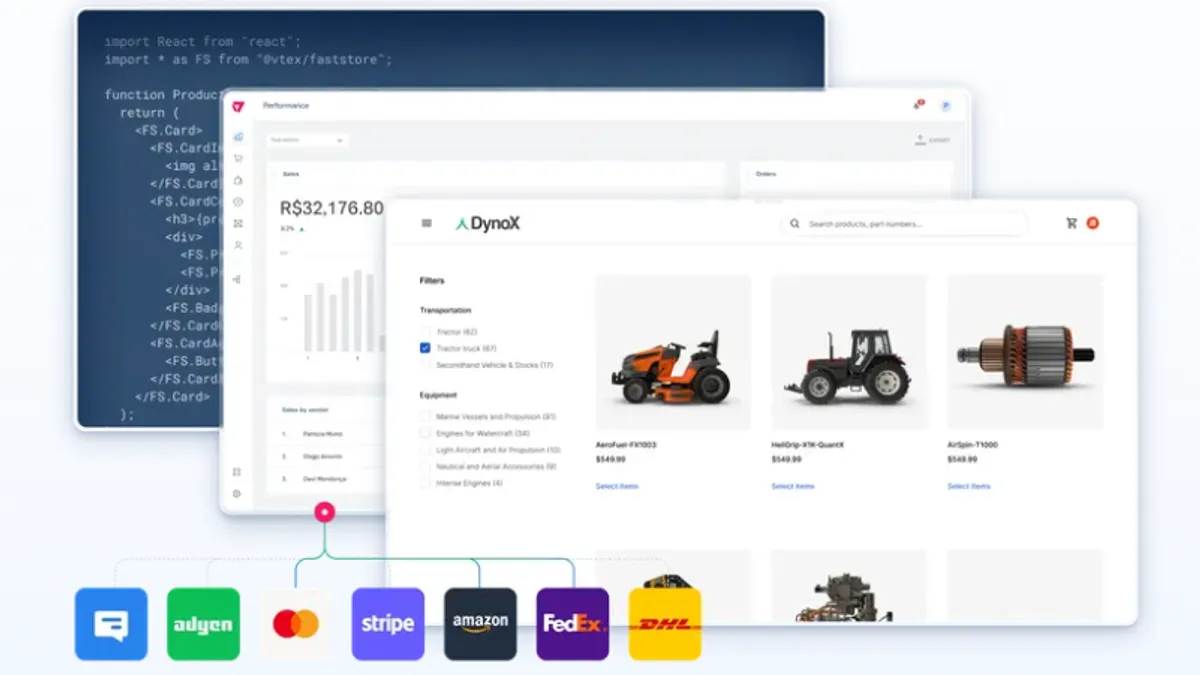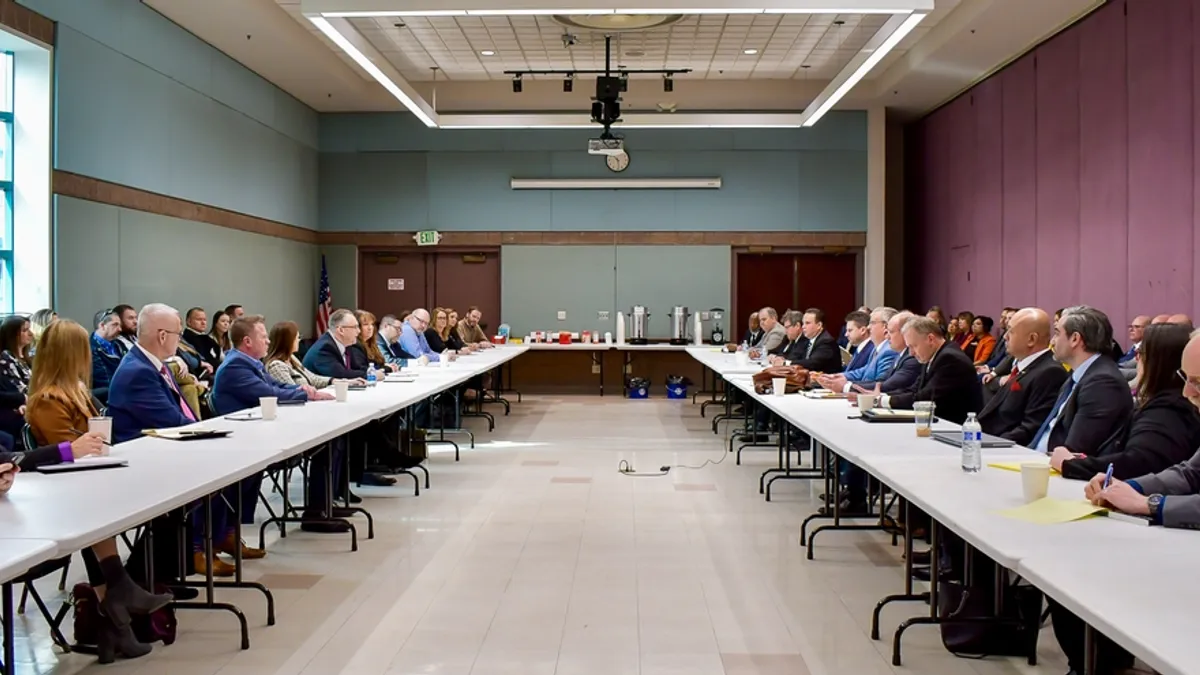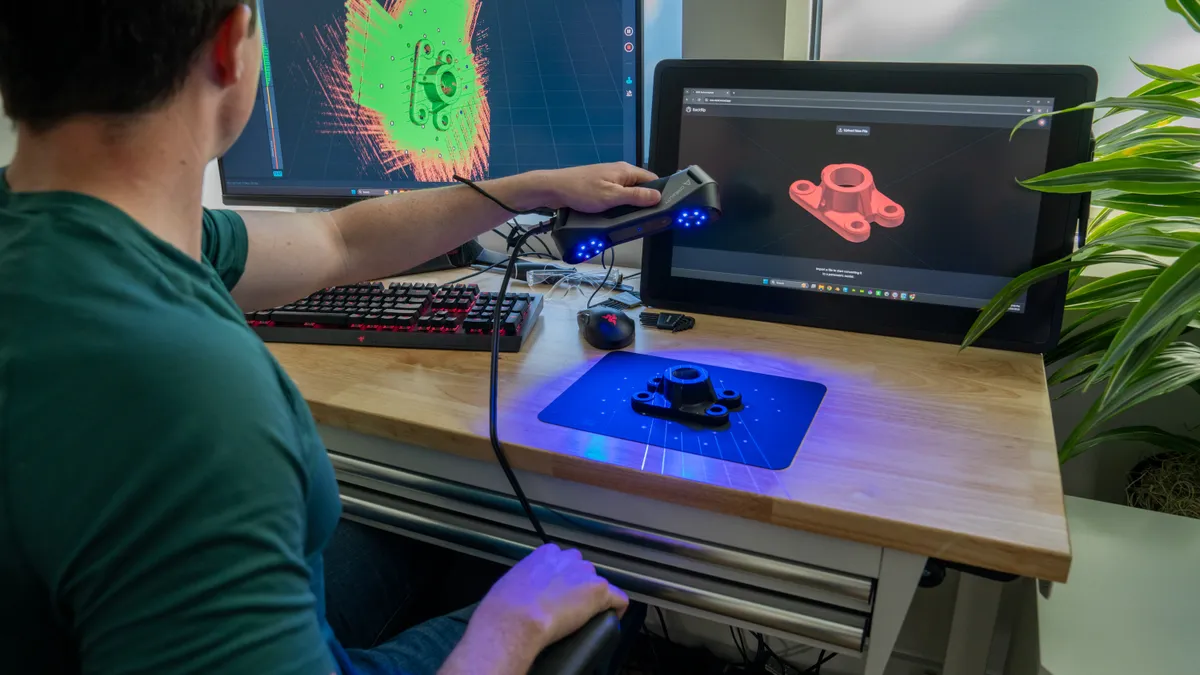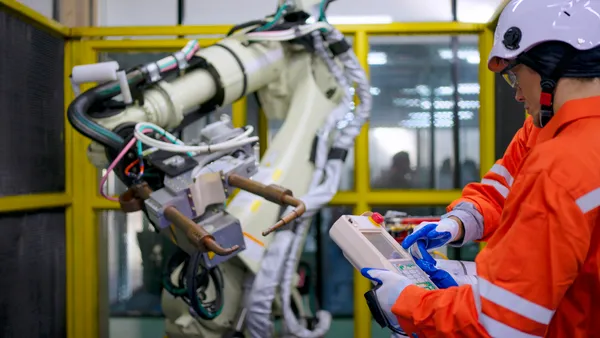The B2B ecommerce industry is undergoing rapid transformation, with digital channels expected to outpace traditional sales methods significantly in the coming years. Forrester projects US B2B ecommerce to reach $3 trillion by 2027, doubling the growth rate of offline and EDI channels combined. Despite this momentum, many large enterprises still rely on outdated processes like fax orders or manual sales interactions. By modernizing their approach and adopting digital tools, B2B businesses can streamline operations, improve customer satisfaction, and drive substantial growth.
How Modern Consumer Experiences Are Shaping B2B Ecommerce
B2B buyers now expect the same streamlined, personalized experiences they enjoy as consumers. As digital-native millennials and Gen Z professionals assume buying roles, the pressure to meet these expectations will only increase. Companies that embrace digital solutions like marketplaces, concierge commerce, and live shopping can unlock new growth opportunities and deliver exceptional customer experiences.
Marketplaces: Simplifying Complex Purchases
Marketplaces have redefined customer convenience in ecommerce, and B2B organizations are beginning to harness their potential. Marketplaces allow B2B businesses to expand product offerings, onboard distributors, and capitalize on the selling power of dealers in one seamless experience. By creating centralized digital hubs, businesses can reduce purchasing complexity, drive higher order values, and improve visibility into partner transactions.
Aftermarket parts marketplaces, for instance, enable distributors and dealers to sell inventory directly to end customers within a single ecosystem. This approach fosters collaboration, reduces channel conflict, and aligns incentives—when distributors sell more, manufacturers sell more too. Forrester highlights marketplaces as one of the fastest-growing models in B2B ecommerce, with a projected compound annual growth rate (CAGR) of 17.8%.
Companies like Stihl, Unilever, and U.S. Electrical Services Inc. (USESI) are leveraging marketplace technology to improve their sales and distribution strategies.
bisco industries Marketplace Success
bisco industries, a US-based electronic components and fasteners distributor, recently launched a digital marketplace for their B2B customers. VTEX’s platform allows bisco to have pricing and inventory transparency across the suppliers, add new products and expand assortment at no extra cost, and gain access to end-customer data — which is critical to understanding end users’ needs and preferences.
Concierge Commerce: Combining Human Expertise with Digital Efficiency
Concierge commerce bridges the gap between traditional sales relationships and digital convenience. It enables account-based service through real-time chat, video calls, or assisted browsing, delivering a tailored experience without sacrificing efficiency.
Instead of navigating cumbersome portals or waiting on email responses, buyers can connect instantly with a dedicated sales rep who knows their account. Chatbots further streamline the process by suggesting complementary products or automating routine tasks. These tools not only improve the customer experience but also enhance conversion rates and deepen loyalty.
USESI’s Concierge Approach
USESI has successfully integrated concierge commerce into its operations. USESI operates under a complex business model , with multiple brands and sales reps per brand. The company uses real-time digital tools to connect sales reps with customers seamlessly, enabling sales associates to provide live, personalized service. Chatbots also play a role in USESI’s concierge commerce implementation, recommending complementary products to sales reps as they serve the customer. The result? A significant improvement in customer satisfaction and conversion rates.
Live Shopping: An Unexpected Tool for Engagement and Growth in B2B
Live shopping, once the domain of B2C brands, is gaining traction among business buyers. Real-time product demonstrations, interactive Q&A sessions, and live-streamed events can drive engagement, especially for product launches or distributor education.
For example, branded manufacturers can showcase their latest products to franchisees or distributors, allowing them to make informed purchasing decisions instantly. This approach increases transparency, shortens sales cycles, and fosters stronger partnerships across the value chain.
Revolutionizing Engagement with Live Shopping
Luxury fashion brand PatBO used live shopping to engage resellers during New York Fashion Week, resulting in a 300% revenue increase. While not a prototypical B2B industry example, the strategy translates to sales scenarios seen by most manufacturers and distributors, enabling organizations to connect with partners dynamically and effectively.
Patricia Bonaldi, founder of PatBO, emphasizes: “Live shopping is a powerful way to personalize the shopping experience and bring us closer to our customers.”
The Path to Growth in B2B Ecommerce
The future of B2B ecommerce lies in adopting tools that combine operational efficiency with customer-centric innovation. Features like marketplaces, concierge commerce, and live shopping offer opportunities to modernize traditional processes and build lasting competitive advantages.
For businesses already investing in digital capabilities, adapting existing infrastructure to support B2B operations can be a cost-effective strategy. As Forrester’s data suggests, the growth potential for B2B ecommerce is unprecedented—those who seize the moment will be well-positioned to lead in the years ahead.
Speak to one of our commerce solution engineers today to modernize your B2B digital commerce operations.










